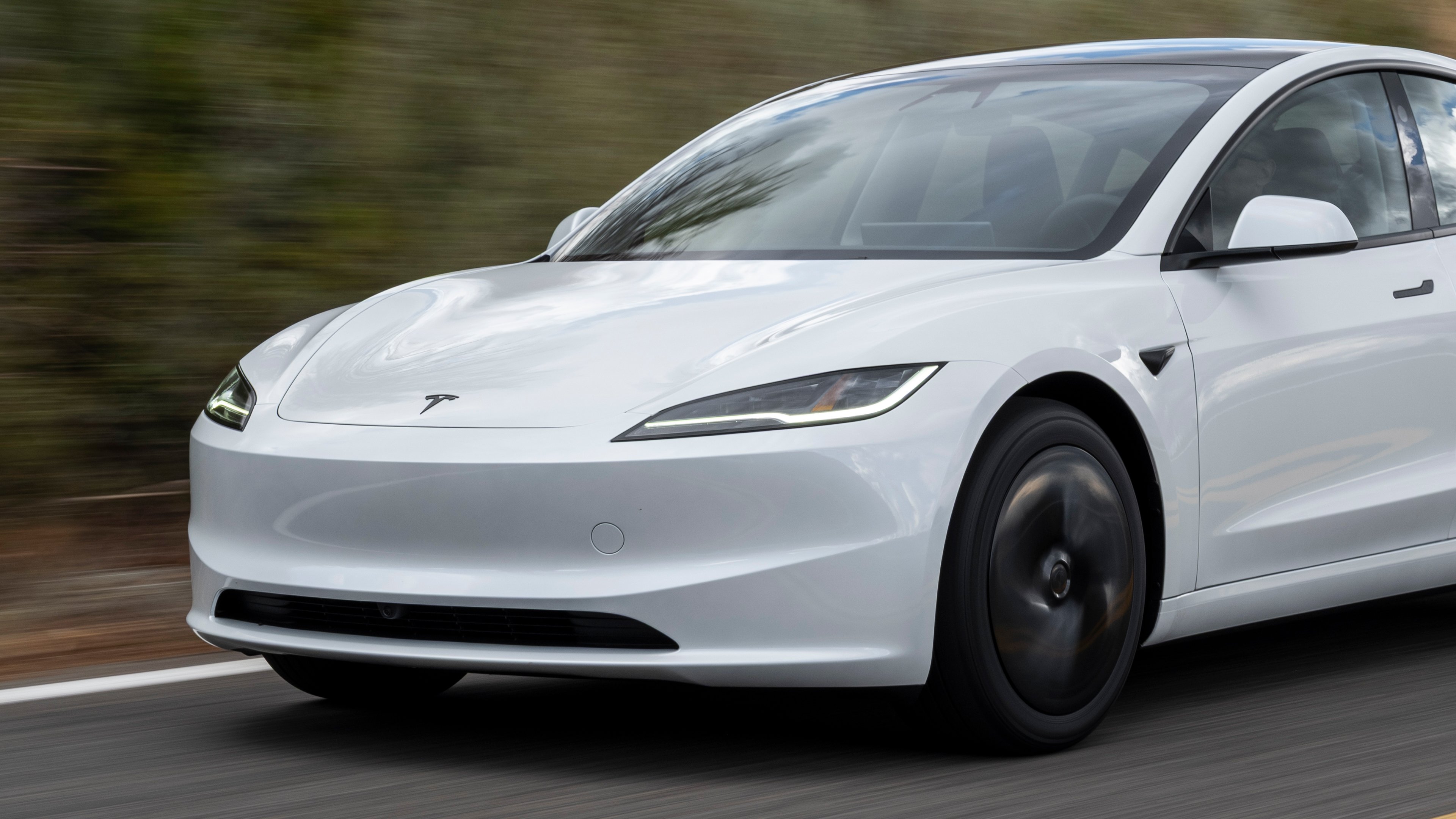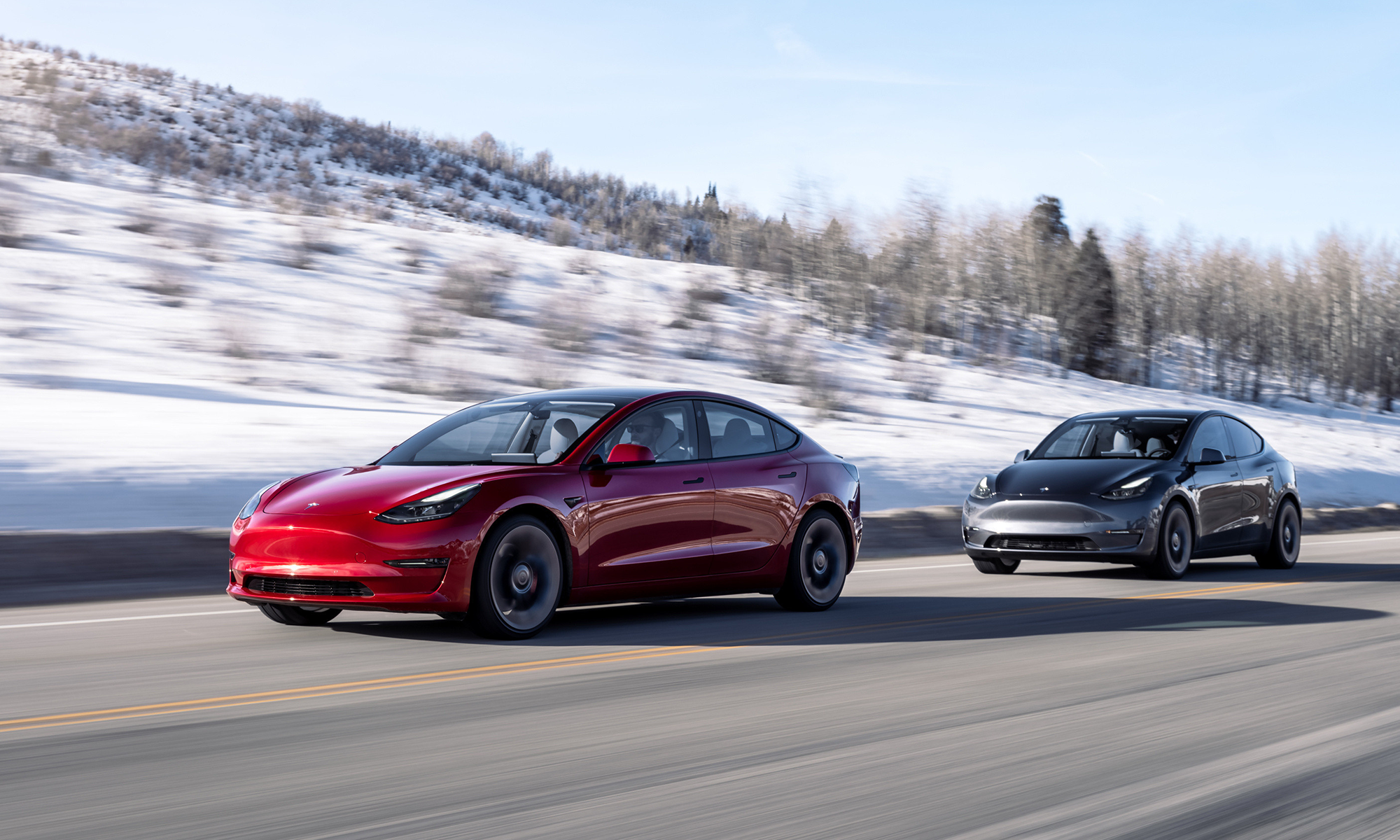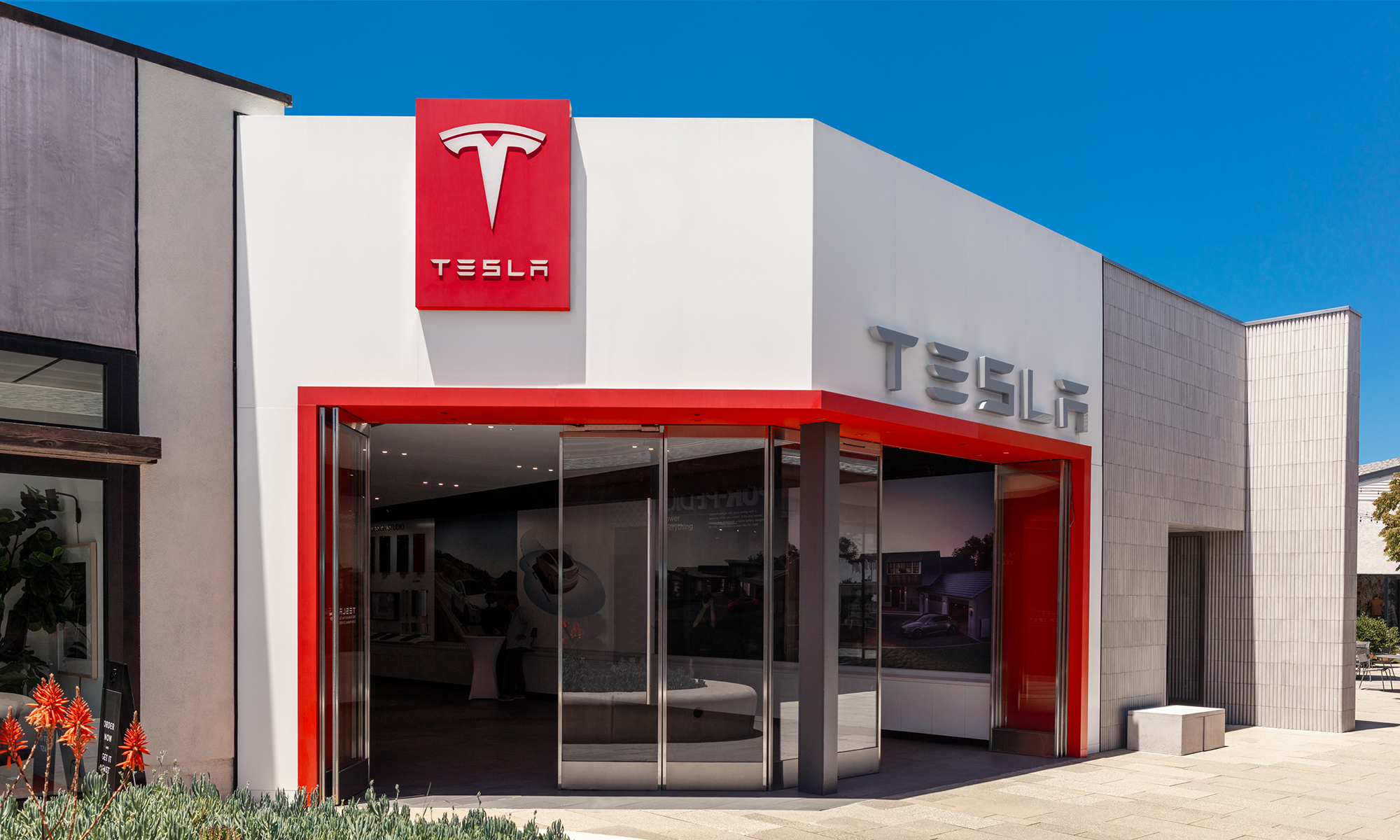Tesla's Model S -- first in a long line of driverless cars? Image source: Tesla Motors.
Tesla Motors (TSLA +0.09%) CEO Elon Musk made a lot of bold predictions at the high-tech Code Conference in Rancho Palos Verdes earlier this month. Among other startling announcements, Musk predicted:
- His SpaceX space-launch company will re-fly a recovered rocketship "in about two or three months."
- SpaceX will land men on Mars, and ultimately drive the speed of a space trip from Earth to Mars -- a trip that requires at least six months today -- down to three months, or less.
- In the meantime, Musk himself plans to visit space within four or five years.
One thing Musk most definitely did not predict, however, is that everyone on Earth will be motoring around in driverless cars by 2019.
Playing the telephone game with Elon Musk
Yet that's the assertion that made headlines among auto enthusiasts this month, when Bloomberg reported that Elon Musk told Code attendees that "most cars won't have drivers in three years." I mean, yes, that could happen. But it's not what Musk predicted.
Here's what the Tesla CEO actually said:
I think we're basically less than two years away from complete autonomy ... However regulators will take, I think, at least another year... I think [driverless cars] have to be twice as good as a person, maybe five or 10 times better in terms of safety, [and I] think it's probably three years from a regulatory standpoint, but less than two before it is technically possible.
That's the key difference between what Musk actually said, and what Bloomberg says he said: At the Code Conference, Musk predicted that autonomous driving technology will be mature enough to permit some cars to drive completely autonomously, and as safely as if a human was at the wheel, just two years from now. In fact, Tesla's Model S has already proven itself capable of undertaking 60-mile-plus-long highway trips entirely on its own -- and we've seen this firsthand.
Musk also expressed the hope that one year after that, regulators would acknowledge the fait as accompli, and make it legal for cars to drive in fully autonomous mode. Add two plus one, and there's at least a chance that some driverless cars will be coursing down U.S. highways -- legally -- three years from now. But that's still a far cry from "most cars won't have drivers."
How to get there from here?
In fact, the drive from technical feasibility to regulatory permission to majority consumer adoption might take 20 years or more to complete. You see, at another talk earlier this year, Musk told attendees at the World Energy Innovation Forum that "half of all cars produced in seven or eight years will be fully autonomous."
Now consider this: Currently, there are 253 million cars on the road in the U.S., and last year, automakers sold 17.5 million cars, a historically high number. Assume those sales levels hold steady though, and do not decline. Assume further that the nation's car fleet holds steady, despite the population growing. Finally, assume that Musk is right about "half of all cars produced" seven years from now -- 2023 -- being of the driverless variety, and assume that proportion holds steady thereafter.
Even taking all these optimistic assumptions as given, it would take America approximately 14.5 years after 2023 to convert half of its existing car fleet to driverless cars. That's 8.75 million driverless car sales per year times 14.5 years, equals more than half of 253 million cars -- 126.5 million cars, plus one more to tip the scales -- becoming driverless.
If that works out, it will take about 21 years -- not three -- for driverless cars to outnumber cars and drivers on U.S. highways.







